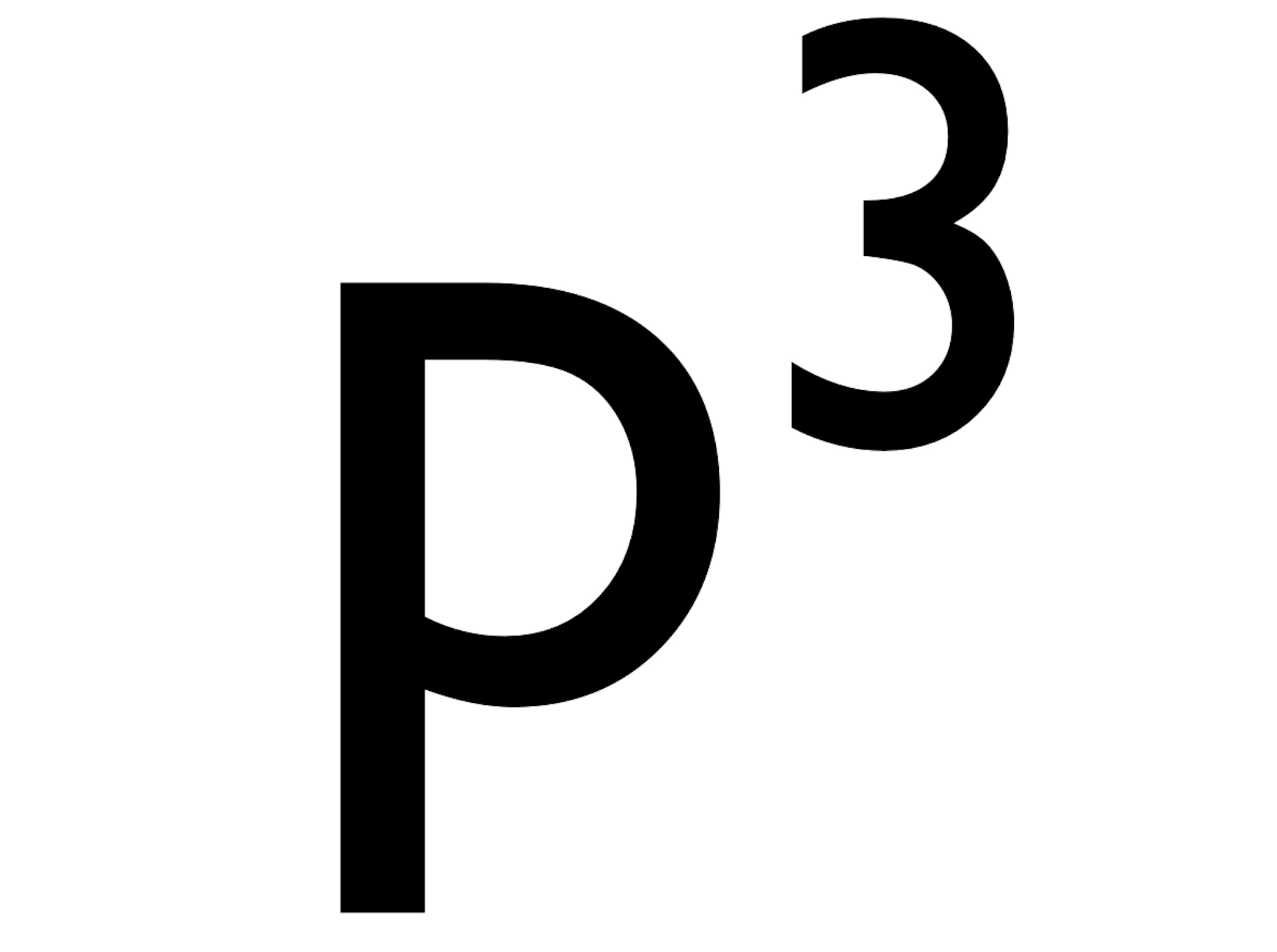Episodes

Tuesday Nov 13, 2018
why change?
Tuesday Nov 13, 2018
Tuesday Nov 13, 2018
In the first outside broadcast of p cubed podcasting I was privileged to speak at the Ikigai MedEd Conference just this last week held in Versailles, Kentucky, USA. I was interviewed by the EM Over Easy duo of Andy Little and Drew Kalnow 2/3 of "the greatest mediocre podcasting team of all time." After, they offered to return the favour and be interviewed by me! We chatted a bit about presentations, why they are so bad, why we should change and how these guys made things better. So a guest post if you like, in podcast form!

Monday Jan 08, 2018
how to do a presentation #htdap
Monday Jan 08, 2018
Monday Jan 08, 2018
How to do a presentation, as a podcast! This is a podcast to support the blogpost #htdap It describes in a little more detail the steps involved in constructing a presentation, the p1 (story), p2 (supportive media) and p3 (its delivery). Have you got a big presentation coming up? Rather than just do the usual, shut down the laptop, get a notebook and pen and work through the steps that will help you deliver an EXCELLENT presentation.
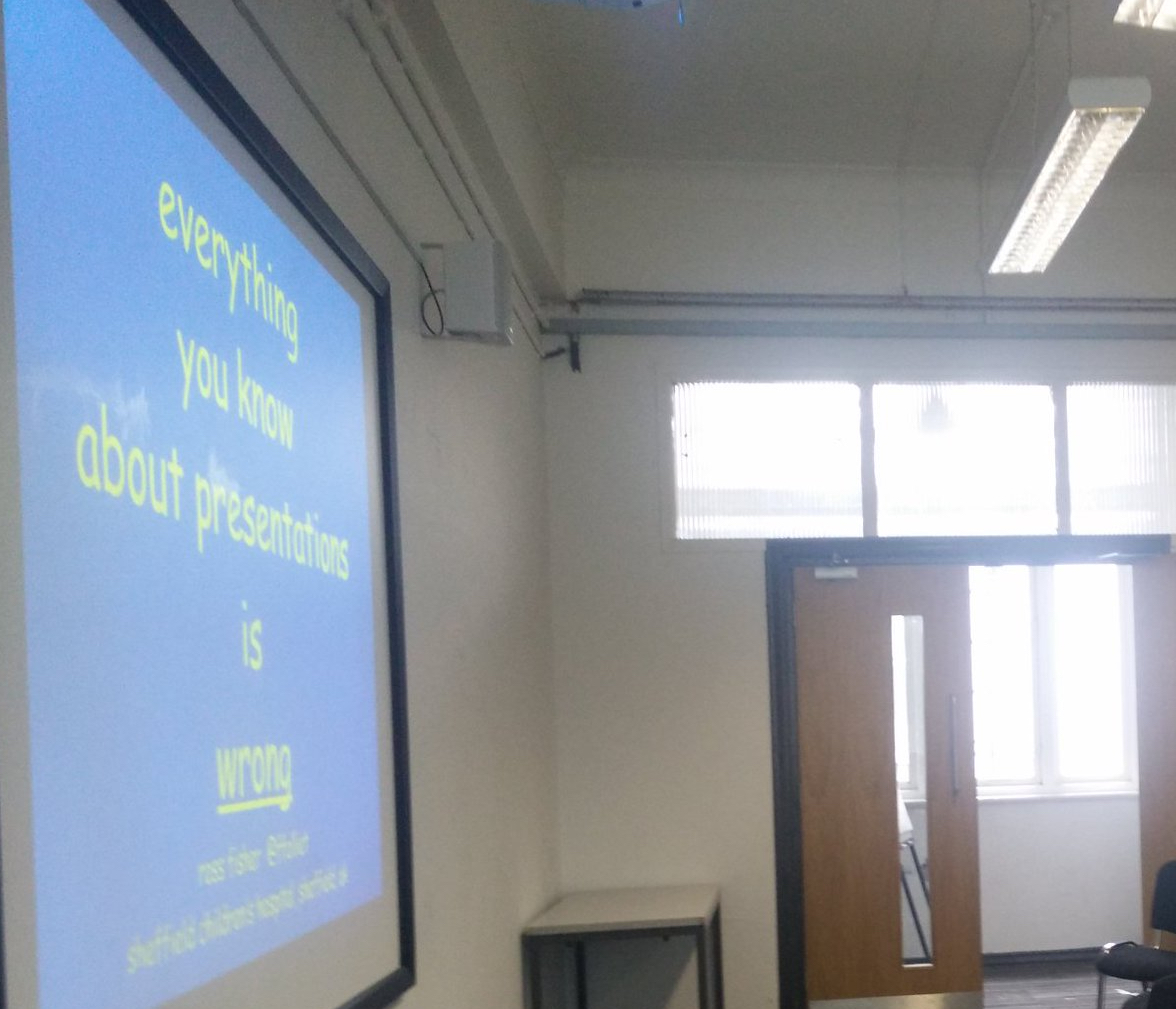
Sunday Jun 18, 2017
Slide sharing
Sunday Jun 18, 2017
Sunday Jun 18, 2017
Is slide sharing from presentations on Twitter acceptable?
Speechless... Can't wait for #DasTTC next week! pic.twitter.com/T2VWhiSEdm
— Camilla B Sørensen (@Camillabirgitte) June 15, 2017
Is the presenter asking for critique?
What if it's negative?
Shouldn't we be teaching with our response?
Is it acceptable if the quality is poor?
I'm hoping to add to the debate and hope you will too.
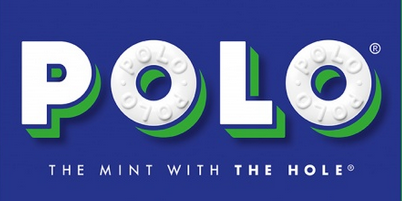
Wednesday May 10, 2017
p cubed is not
Wednesday May 10, 2017
Wednesday May 10, 2017
One of the most popular mints in the UK is the Polo Mint. What defines the polo mint is not actually the taste but what it is not, it is sold as "the mint with the hole." It is effectively defined by what it is not. The p cubed approach to presentations is fundamentally my own ideas brought together on how to improve presentation and so it is always intriguing to hear what others think "p cubed" means.
There are 3 common misconceptions that I'll deal with in this podcast about what p cubed is not. Please check out the blog posts below for some details.

Sunday Mar 26, 2017
So you want to improve your presentation
Sunday Mar 26, 2017
Sunday Mar 26, 2017
This podcast deals with some simple tips that will improve the p cubed value of your presentation.

Sunday Jan 22, 2017
They say
Sunday Jan 22, 2017
Sunday Jan 22, 2017
They say lots of things and they are frequently negative, critical and defensive. It's important to find out who they are, do they actually say those things and whether that is right or not because they are often cited as the main reasons for not improving presentation styles.
In this podcast we will consider they and their thoughts. Some blogposts that explore the topics including discussion of why a presentation is not the same as a document; why reading is not the same as listening; whether references are needed on a presentation slide; the ideas that more data is required; corporate branding; what constitutes an academic presentation; whether this new approach is simply a fashion and the topic of stock slidesets.
What they say is important.

Saturday Dec 31, 2016
Keep calm and carry on
Saturday Dec 31, 2016
Saturday Dec 31, 2016
This latest podcast is in response to a comment from twitter. What to do when things go wrong?
@ffolliet listening to ur latest podcast now. One topic to consider :how to survive technical failures I.e slides
— Minh Le Cong (@ketaminh) December 27, 2016
My best advice is as follows:

In the podcast I run through some of the problems that might occur in p1, p2 and p3 and what to do. Basically, it is summed up in the phrase, "Keep calm and carry on." This is not a blithe, throwaway comment but encourages the presenter to consider that the audience are not marking your p3 against what you prepared. The presentation that is received is viewed only against itself, not potentials from the notebook of the presenter. Mistakes in the head of the presenter should remain there: the audience are highly unlikely to even be aware of them. So, keep calm and carry on.
The presentation I reference at SMACC can be viewed here: http://www.smacc.net.au/2016/12/things-that-scare-me/ Rather than detract from the podcast, I'll cover the mistakes I made in another blogpost.
When things go wrong, keep calm and carry on.
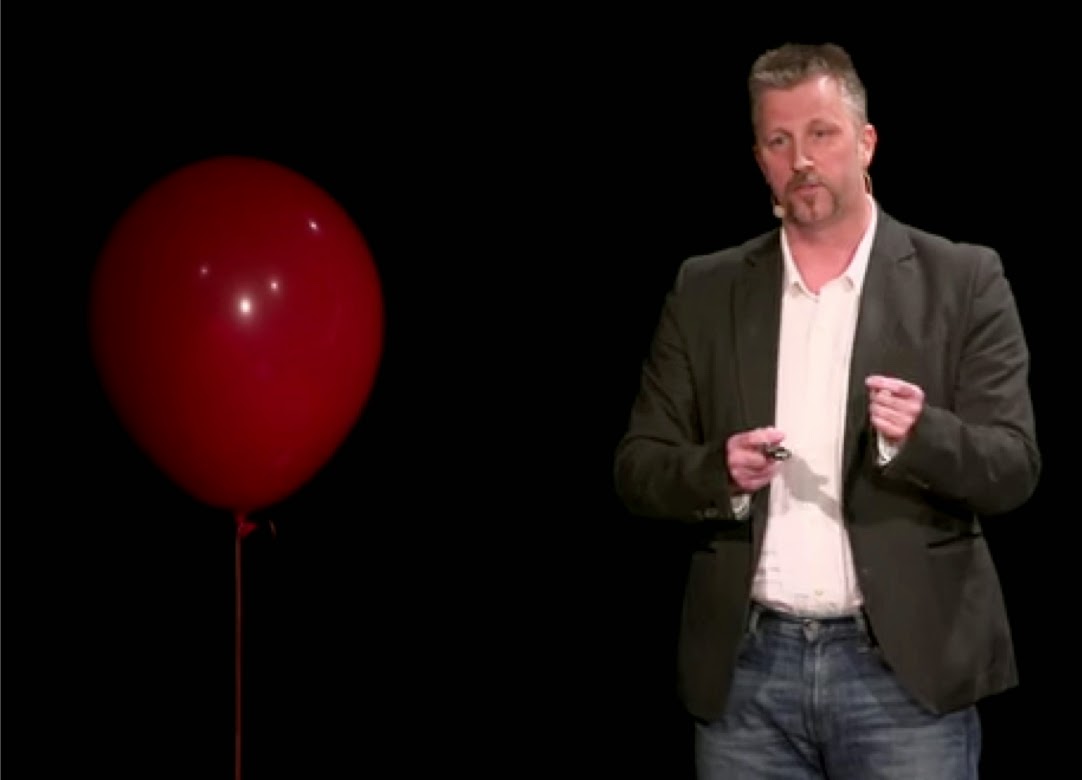
Monday Dec 26, 2016
Speaking in public terrifies me
Monday Dec 26, 2016
Monday Dec 26, 2016
For many, the hardest thing about giving a presentation is just that, actually giving the presentation. The p cubed approach recognises that great delivery (p3) of the presentation is essential. How does one manage that fear and deal with the issue of nerves? This podcast explores some of the issues around so called stage fright and how preparation can help overcome it so that you give the best delivery (p3) possible.
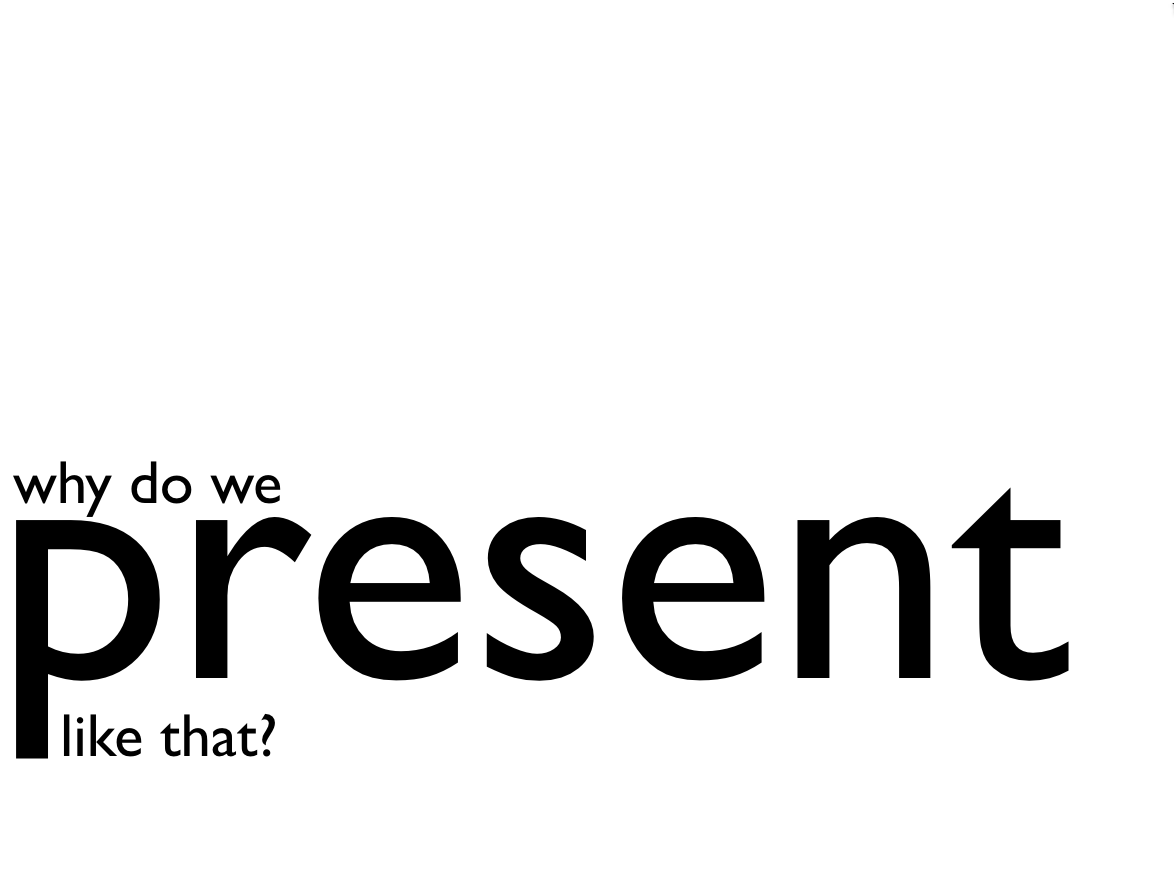
Sunday Dec 11, 2016
Why do people present like that?
Sunday Dec 11, 2016
Sunday Dec 11, 2016

Why do people present the way they do? There are a multitude of reasons and many of them interlinked. The challenging question is that when asked, the majority of an audience will list the reasons they dislike presentation in the way they are currently delivered and yet when those same audience members have the opportunity to deliver a presentation will do so in the way they dislike. Why do we people present like that?

Thursday Dec 08, 2016
The p cubed concept
Thursday Dec 08, 2016
Thursday Dec 08, 2016
Not everyone has space in their lives to sit down and read a blog so, as part of the move to the new site, p cubed is now offering podcasts. This is a new step so help me out with ideas and suggestions, give me feedback on what you'd like to hear and join in the discussion.
The first podcast should clearly be on the p cubed concept. What is it and how does it affect our presentations?
Every presentation, whether it is an audit project, your research thesis, clinical teaching or a business case is made up of three parts: the presentation (the story), the presentation (the slideset) and the presentation (the delivery). The construction of the presentation is therefore key to its impact and success. Powerpoint, or equivalent slideware presentations are ubiquitous. There is an almost universal conformity in the nature of the slidesets generated, based upon the concept that this represents the most effective means of transfer of information.

